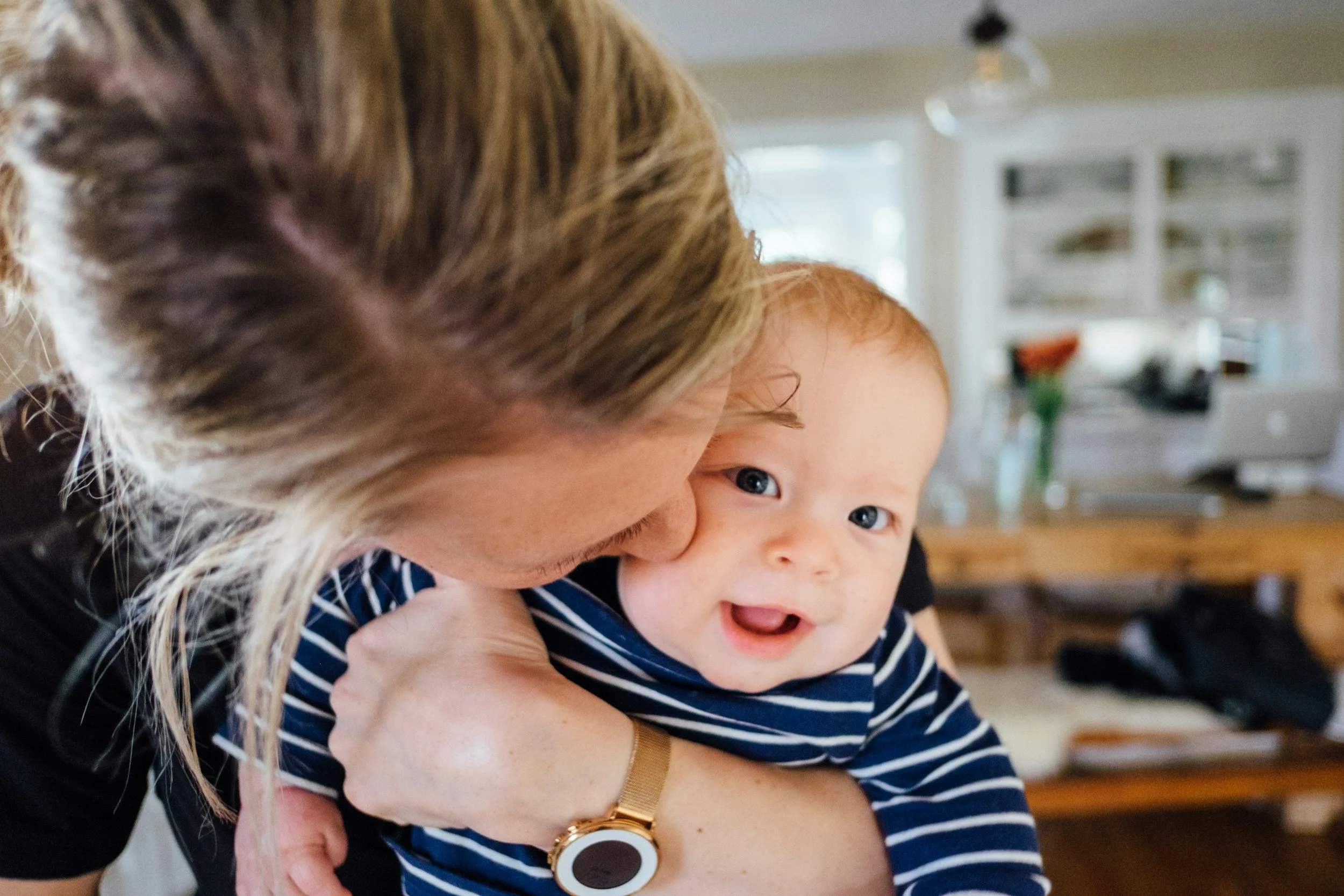Unmasking the Bystander Effect: Challenging the Myth of Diffusion of Responsibility
For decades, the bystander effect has been a cornerstone concept in social psychology. It describes a counterintuitive phenomenon: people are less likely to help someone in need when others are present. Traditionally, this has been attributed to the diffusion of responsibility—the idea that the presence of others reduces an individual’s sense of personal duty to act.
But is this effect as universal or powerful as once believed?
Recent research is beginning to challenge this long-standing view, offering a more nuanced understanding of when and why people help—or don’t help—in emergencies. In this article, we explore how individual differences, situational variables, and intervention strategies can disrupt the bystander effect and empower people to take action.
The Classic Explanation: Diffusion of Responsibility
The bystander effect gained public attention after the tragic 1964 murder of Kitty Genovese in New York City. Reports at the time claimed that dozens of people witnessed the attack but failed to intervene—sparking outrage and decades of research.
Psychologists John Darley and Bibb Latané later formalized the idea in their groundbreaking 1968 study, suggesting that when multiple people witness an emergency, each assumes someone else will step in. This psychological diffusion of responsibility reduces the likelihood of any one person taking action.
While influential, this theory has its limits—and newer studies are beginning to fill in the gaps.
Cracks in the Theory: A Closer Look at Bystander Behavior
1. Perceived Competence Matters
One key insight from recent research is the role of perceived competence—both of oneself and others. If bystanders perceive others as more capable or knowledgeable, they may defer to them, assuming help will come from someone “better qualified.” Conversely, when individuals believe they are competent, they’re more likely to step up, even if others are present.
This challenges the blanket idea that more people = less action. Instead, it points to how confidence and perceived expertise shape our decisions.
2. The Influence of Pluralistic Ignorance
Another factor at play is pluralistic ignorance—a psychological state where individuals misinterpret others’ inaction as a sign that help isn't needed. In uncertain situations, people often look to those around them for cues on how to behave. If no one reacts, this can be misread as a sign that everything is under control.
However, studies show that when just one person breaks the silence and acts, it often triggers a cascade effect. Others follow suit, spurred by the validation that intervention is appropriate. This illustrates that bystanders aren't necessarily indifferent—they may just need a cue or permission to act.
3. Situational Factors Can Override Inaction
The bystander effect is not a rigid rule—it varies based on context. Research has identified several factors that increase the likelihood of intervention, including:
The severity or clarity of the emergency
Whether the bystander has a personal connection to the victim
The presence of time pressure or other stressors
Whether the emergency is ambiguous or clearly life-threatening
In urgent, unmistakable situations—especially when the stakes feel personal—people are far more likely to help, regardless of how many others are present.
Turning Understanding into Action: How to Disrupt the Bystander Effect
Recognizing that the bystander effect is situational opens the door to effective intervention strategies. Researchers have proposed and tested several approaches that equip people to act decisively in group settings.
Bystander Training Programs
Programs aimed at educating and empowering bystanders have gained traction in recent years, especially in contexts like sexual assault prevention, bullying, and public health emergencies. These trainings help individuals:
Recognize signs of an emergency
Challenge harmful assumptions (like "someone else will help")
Practice specific techniques for safe and effective intervention
By building confidence and awareness, these programs reduce hesitation and promote prosocial behavior.
Disrupting Diffusion with Role Assignment
In high-stakes or chaotic situations, assigning roles can combat ambiguity and passivity. For instance, pointing to someone and saying, “You, call 911” gives clear, direct responsibility and makes it harder for others to disengage.
This approach, known as responsibility assignment, cuts through uncertainty and ensures that action is taken quickly.
Simply Put
The bystander effect has long been portrayed as a troubling reality of group dynamics—suggesting that people become passive in crowds. But new research offers a more optimistic and empowering perspective.
Rather than being helpless products of social diffusion, individuals often want to help. Their actions are shaped not by indifference, but by uncertainty, perceived competence, and social cues. And crucially, these influences can be counteracted through education, clarity, and confident leadership.
Understanding these dynamics allows us to design smarter interventions—and reminds us that, given the right tools and awareness, people are more willing to help than we once thought.






